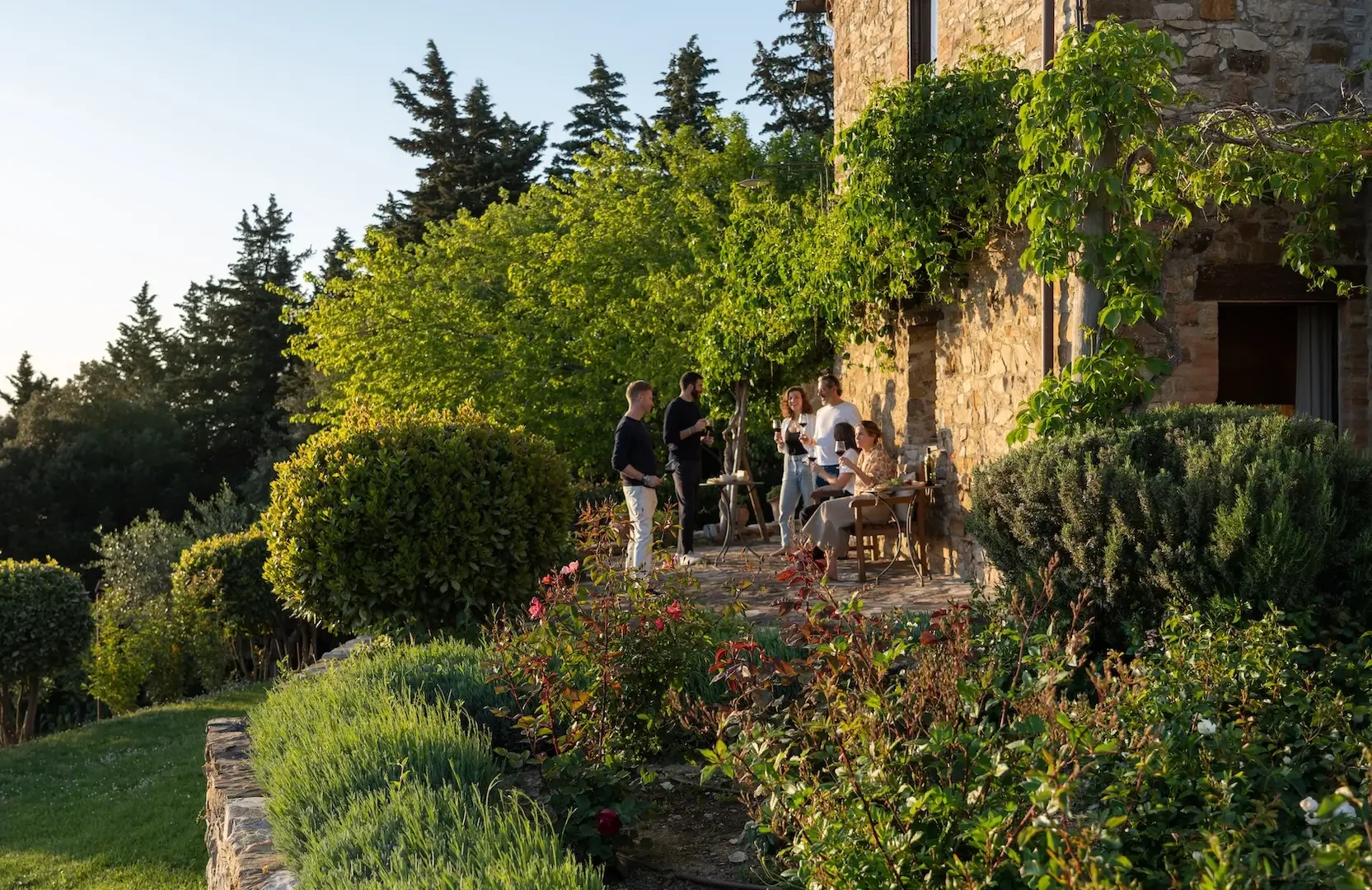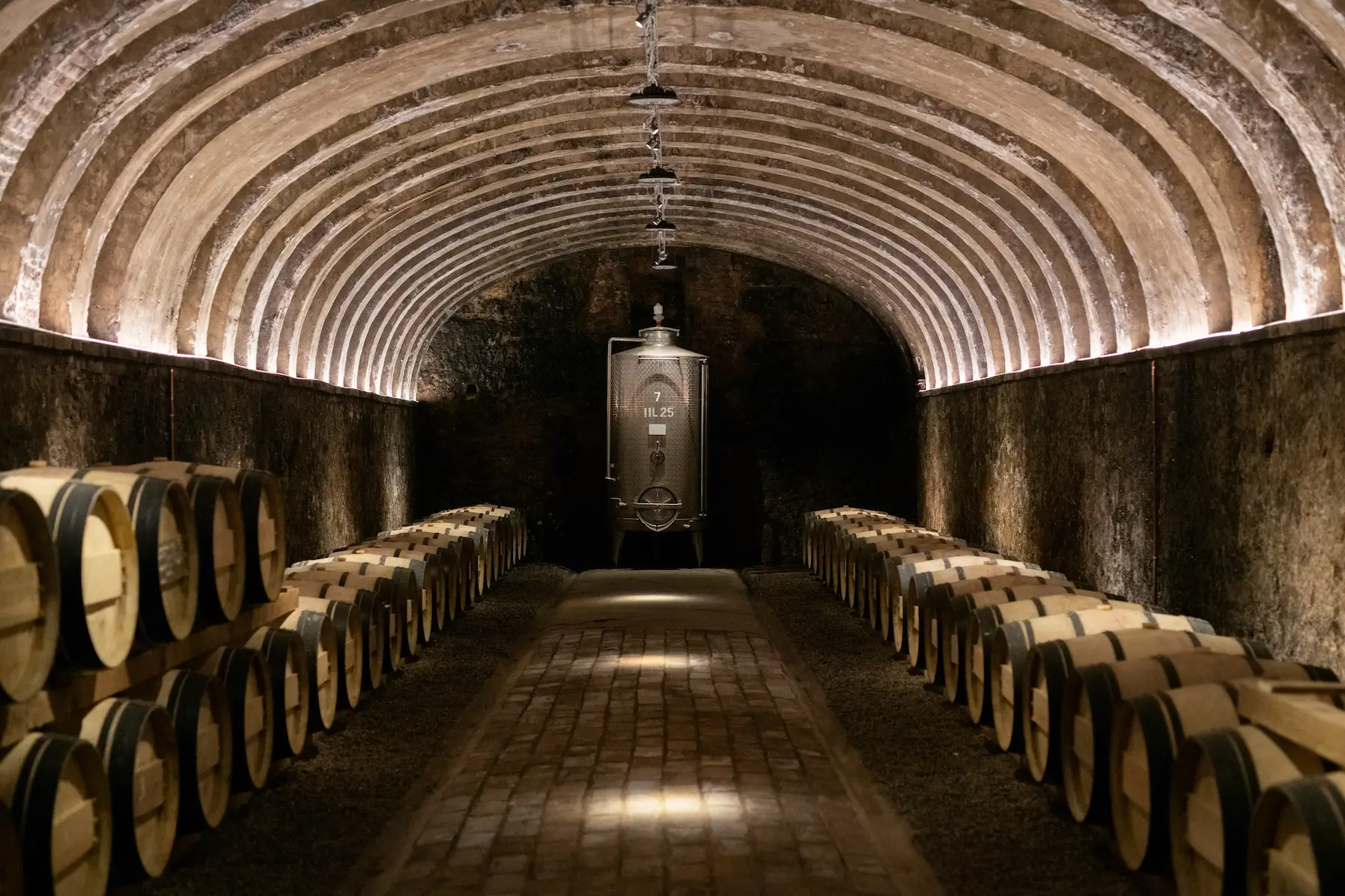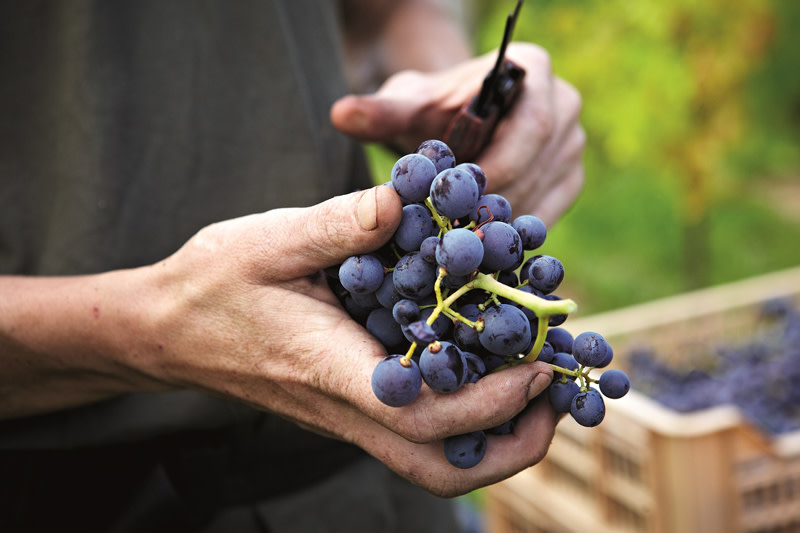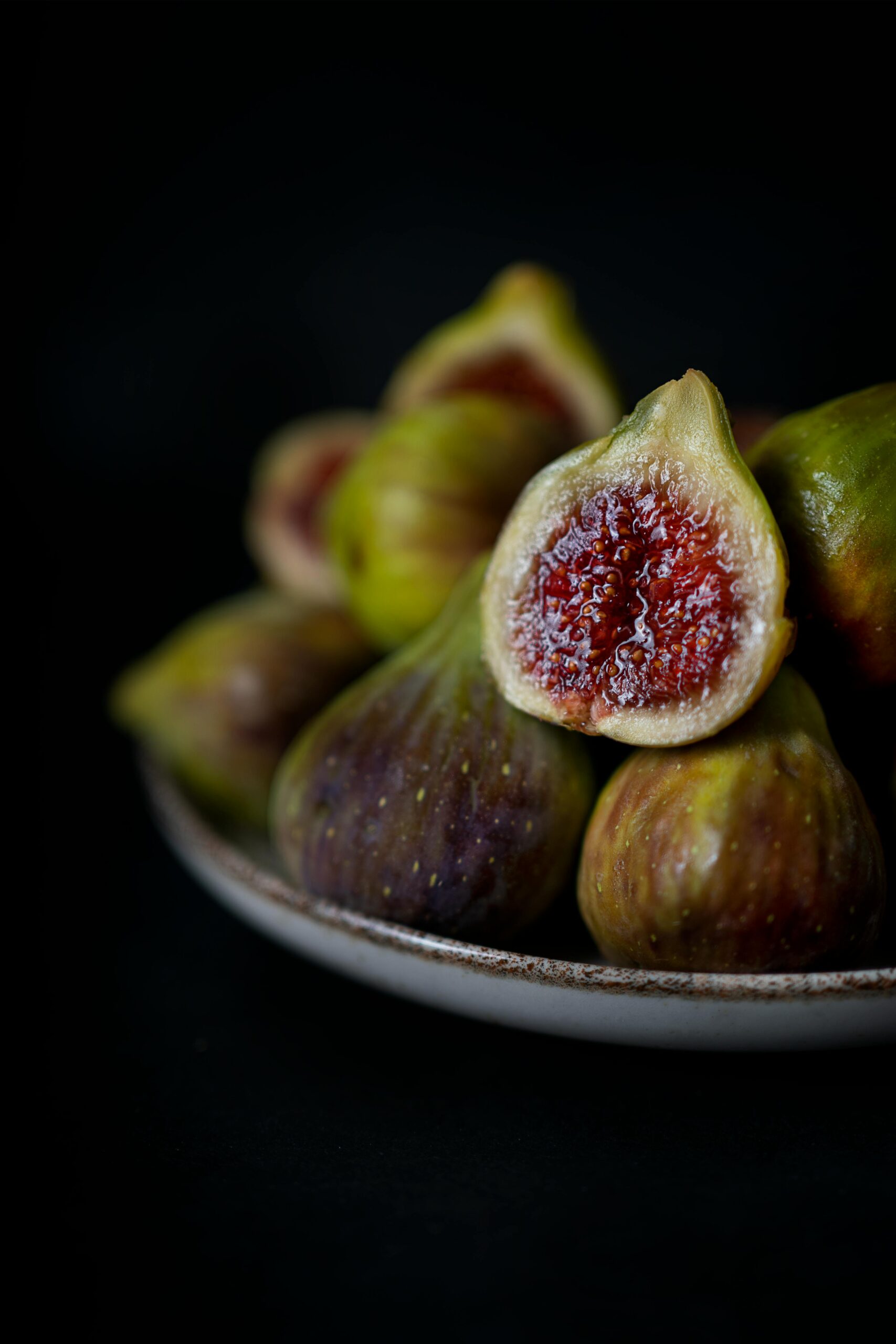A Time for Giving Thanks
As far back as the days of the Roman Empire,...
LEARN MORE
As the weather here in Tuscany begins to cool and the days become noticeably shorter, our thoughts might be expected to turn to autumn, to cocooning indoors and sipping something warm by the fireside. But not yet. It’s still summer; the branches of trees remain full of green leaves, and roses are still in full bloom.
Still, there’s no mistaking that the seasons are on the cusp of change. It’s true that the days, while no longer hot, are not yet cool, and the nights are still warm enough enjoy a nighttime swim, floating on one’s back and looking up at the stars, but the leaves of sycamore trees have already begun to brown and fall. And yet, here in Tuscany, we are not yet thinking of endings, or dormancy, or the indoors. We are thinking instead of new beginnings—of fresh life from the rich soil, and even from within ourselves.
That’s because we are still looking forward to two of summer’s most important milestones, the culmination of all that summer has been leading to: il grande rientro and la vendemia.
The Great Re-entering: so much more than back to school
The great Italian tradition of Ferragosto is among the most characteristic and most talked about of Italian summer rituals. And it’s easy to understand why. Who doesn’t like to think of that long August holiday, with its languid days by the sea, hours-long lunches with family and one’s closest friends, and late nights with no worry about having to wake up early the next day? But there is a corollary to Ferragosto that, while less celebrated, is no less integral to Italian culture, including here in Tuscany: il rientro, literally “the re-entering,” when Italians return from Ferragosto, adults go back to work and children go back to school.
Most modern industrial countries have something similar, usually centered around young people’s return to school. Certainly in the United States, “back to school” is second only to Christmas in its contribution to consumer spending. But il rientro is something more. It is a time when towns and cities, nearly empty for weeks as shops closed and residents left for vacation, return to life. For the first time in weeks, the signs in the windows of boutiques, restaurants, butchers and bakeries no longer say “closed for summer holiday” and instead say “open.” Friends and neighbors greet each other with “buon rientro.” Projects, put aside or postponed for the summer are resumed or begun for the first time. And, here in Tuscany, were this year’s school year begins on 15 September, children return to school.
It would be wrong to characterize il rientro as a time of unalloyed joy and boundless optimism as civic life becomes reinvigorated and people’s thoughts turn to the new. It’s something sweeter than that. There is a wistfulness to il rientro. There is a joy in the renewed dedication to one’s work or studies, yes, and to a reuniting with colleagues, friends, neighbors, and schoolmates. But it is a joy tinged with perhaps a little sadness that those carefree days of August have gone and won’t return for another eleven months. You can see it people’s faces, in the piazzas during the aperitivo hour: the smiles, the hugs after not having seen one another for a while, not having been for a while to that table for that glass of wine or spritz, but also the sighs as they take a sip, savoring these precious last weeks of the long, delicious, almost-over summer.


La Vendemia
But, while we feel the sweet pang of regret that summer can’t last forever no less here in Tuscany’s Chianti Classico zone than elsewhere, we don’t have the luxury or the inclination to savour it for long. La vendemia, the wine grape harvest, is about to begin, and there are few things that so thoroughly combine joy with extremely hard physical work.
Unlike Ferragosto and il rientro, there is of course no fixed date for the annual grape harvest, which can occur only when the grapes are at the perfect ripeness for the variety of wine that will be made from them—a state that is affected by such varying factors as the weather, and each vineyard’s elevation and how much sunlight falls on it. The harvest of Chianti-zone grapes destined to become sparkling wines, white or rosé, has already begun. Due to a slow ripening of the grapes as the result of a relatively moderate summer, with hot days but cool nights, the grapes picked so far have had an excellent balance between sugar and acidity, suggesting that local wines of this year’s vintage will be of superior quality.
Here, of course, it is the Sangiovese grape, the primary grape used in the production of Chianti, Chianti Classico, Chianti Classico Gran Selezione, and most Super Tuscan wines that is the harvest that is the most anticipated, as it is the lifeblood of the local culture and economy. That harvest is imminent, and this year will likely take place over the last two weeks of September. With such a superior grape this year, the harvest will likely be celebrated even more than usual. And, with market conditions—including U.S. tariffs—potentially limiting sales, this year’s production will be limited, potentially resulting in extremely high-quality wines that will be valued in future years for their rarity.
Irrespective of the quality of a given year’s crop, tradition, and wine-makers’ pride in their craft, requires that all Chianti wine grapes be picked by hand. There is no machine that can pass between the vines, harvesting the grapes by picking them or shaking them loose. An individual human being must examine each bunch of grapes on the vine and assess their quality and ripeness on a given day, and must cut them from the vine only if they are healthy and ready. A given vine may have to be visited multiple days in a row before all of its best grapes can be harvested, with some taken on one day, and others on other days. The vines, of course, are not all at chest level. Most are lower, even at their highest point, with the lowest bunches of grapes hanging only inches from the ground. To harvest these spectacular grapes is to spend entire workdays closely examining bunch after bunch of grapes, bent over, clipping some and placing them into a basket that one must carry, knowing that the entire process will have to be repeated for several more days. It is serious and demanding physical work. But, this being Italy, and Tuscany in particular, the hard work is mitigated by what is usually an abundant and lively lunch provided to the pickers by the winery.
A 3,000-Year Celebration
Wine has been made in Tuscany for over 3,000 years, with early evidence of winemaking, and even wine trading, practiced by the Etruscans here as early as 1,000 B.C.E. To say that winemaking is a part of the local culture would be to gravely understate the craft’s importance. It is almost accurate to say that winemaking is the local culture, though that might go too far, and underestimate other important crafts that have shaped and defined local culture here for centuries, if not millenia, such as cheese making and leather work. But winemaking is by far what most defines and unites the collection of medieval towns that make up the Chianti zone, and their heritage.
That heritage is celebrated every year during the vendemia by wine festivals throughout the area, the most important of which is the Greve Wine Festival, usually taking place in mid-September and featuring scores of Chianti-zone wines, from those of small family wineries that make wines only for the local community to those that export their wines internationally.
September is a time of transition throughout the northern hemisphere, as summer turns officially to autumn. But, here in Tuscany, we’re holding on to summer for just a little bit longer. We know that the leaves will turn beautiful reds, oranges, and yellows soon enough, and the fields will lie dormant, denuded of fruit and leaves. But for now, while we hold on to summer’s last vestiges, we look forward new life: to re-entering our vocations, our avocations, and our studies, and to what promises to be a 2025 Chianti vintage to treasure.
